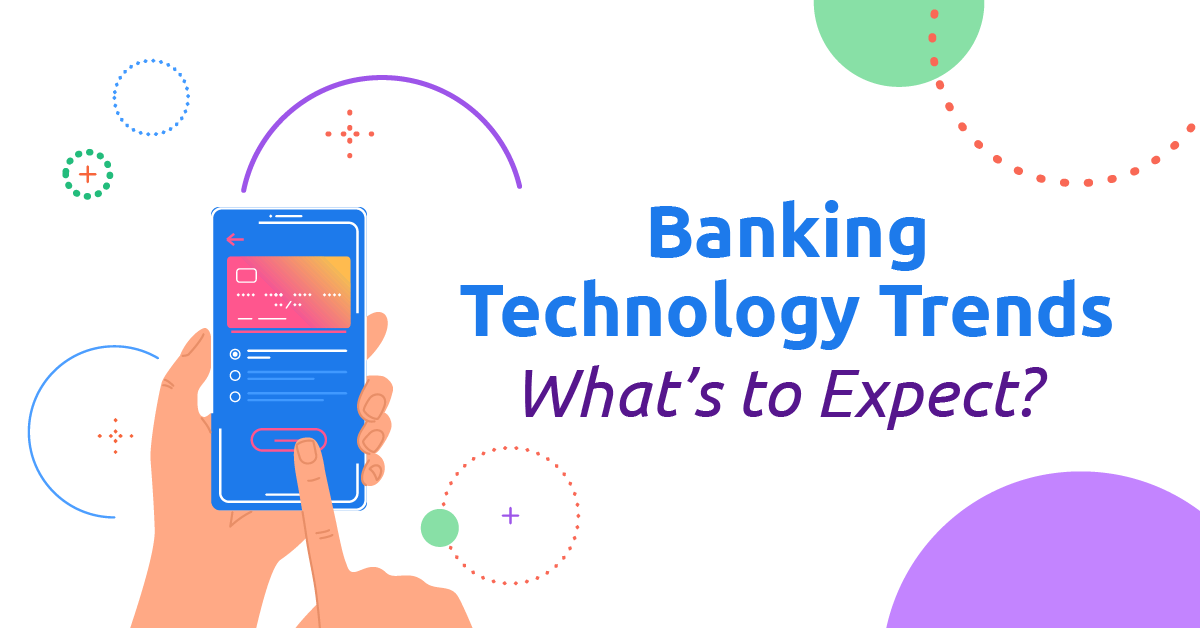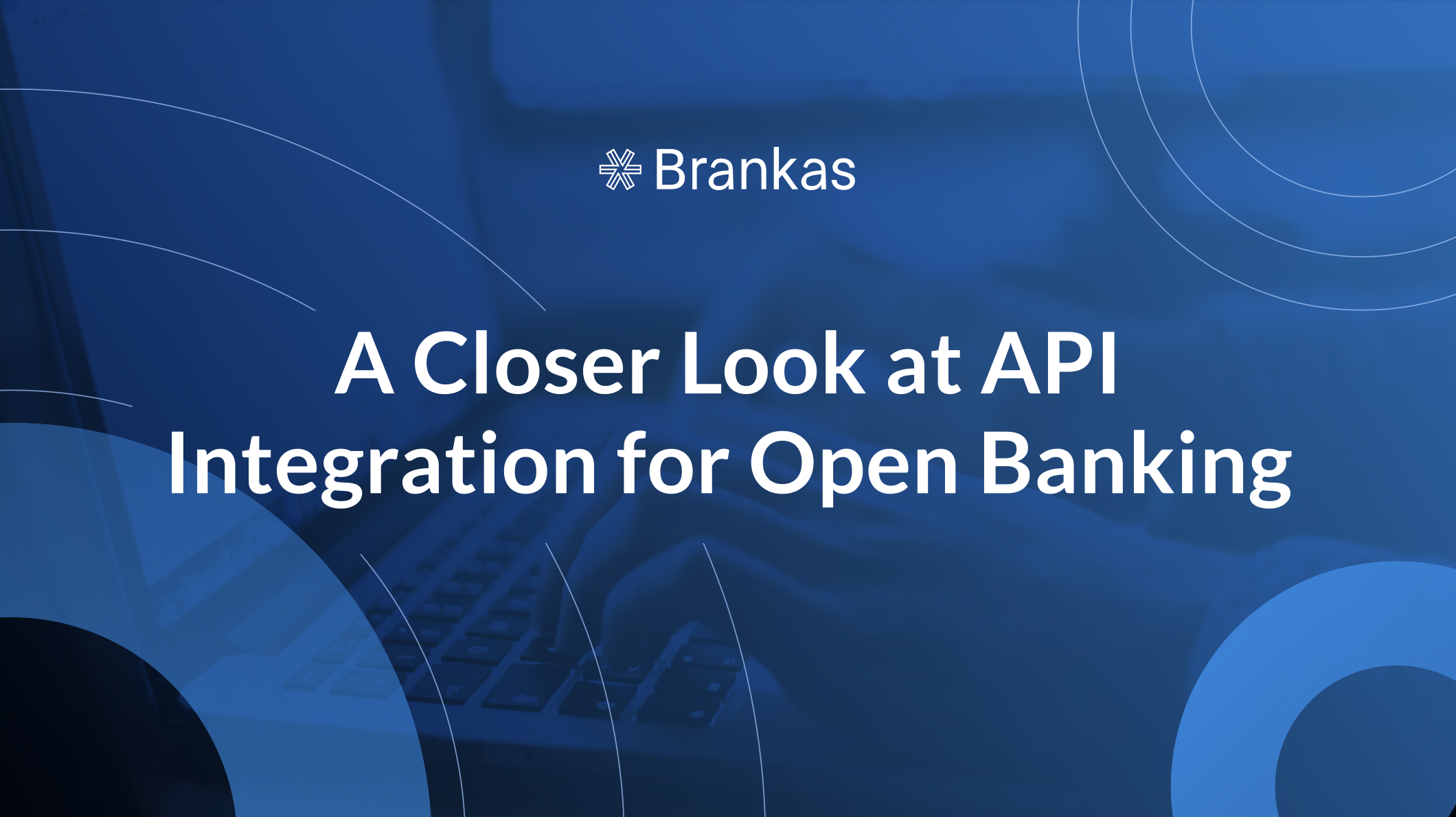
Due to COVID-19, bank branches are closed. How can banks attract new customers? In this article, we aim to answer that question while focusing on open finance.

Today, technology is advancing faster than ever before. There are 1.35 million tech startups innovating across various fields, more than 4,383 million internet users, and 5 billion people that own mobile devices. These advancements affect nearly every aspect of our lives, with banking certainly not excluded. Banking evolves just as fast as technology does, with technological advancement driving the growth and innovation of banking services. Gone are the days when banking was seen as a tedious process; individuals can now access their bank accounts remotely, make transactions instantly, use digital wallets to make payments, and much more.
As new technology emerges, the banking industry continuously adapts to it. Technology has put the world at our fingertips – everything is a tap away and more connected than ever. With innovations coming at the speed of light, it is important for banks and FinTechs to keep up with trends in order to stay competitive. Customer satisfaction is now driven by ease of use and seamless user experience brought about by the latest technology. Thus, the ability to continuously innovate through keeping up with technological trends is ultimately what will dictate success in the financial industry.
Banking is now being driven by technology, with large financial institutions and FinTechs alike incorporating technology into their business activities. Digitalization is changing how business is being done, with banking technology as the main driver of the future of financial services. With a growing young and tech-savvy population demanding digital banking experiences, the industry is transforming to meet their needs. At the core of these changes is the growing demand for expanded financial services, instant connection, upskilling, and consolidation of services. With these in mind, below are some of the top trends to expect in the banking industry.

Technological advancements will continue to change the way we live, and banking services are no exception. It will continue to evolve as technology advances, and it is critical that these trends are adopted by companies to stay ahead of the tight competition within the industry. At the end of the day, customer satisfaction is at the heart of success; and with customers increasingly demanding digitalization, the banking industry must be able to keep up with trends and incorporate these into business activities moving forward.
For companies who are looking to stay ahead of the curve, Brankas is here to provide technological solutions to suit your needs. Brankas provides open banking services, enabling financial access through our ready-made and customizable API solutions.
Want to learn more about how we’re building open banking in Southeast Asia or Interested in partnering with us or trying out our products? Sign up or Contact us to learn more about what we can offer.

Due to COVID-19, bank branches are closed. How can banks attract new customers? In this article, we aim to answer that question while focusing on open finance.

Open banking is ushering in a new era where financial services are not confined within silos but seamlessly interconnected. API integration makes this possible. The integration of APIs in open banking facilitates the smooth exchange of information between different banking systems. A customer viewing transactions from various accounts in a single application or swiftly transferring funds between different banks are tangible outcomes of strategic API integration in open banking.